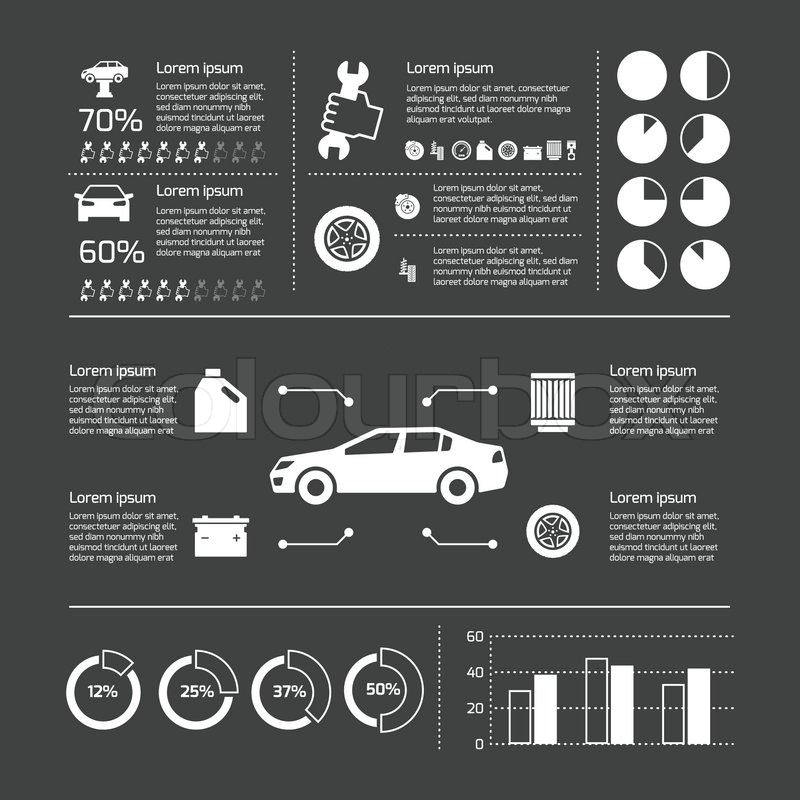Examining Your Vehicle'S Caution Indicators: What They Really Convey
Examining Your Vehicle'S Caution Indicators: What They Really Convey
Blog Article
Short Article Writer-Lim Corbett
When you're behind the wheel, those glowing warning lights on your dashboard can be a little bit bewildering. Do car cleaning services auckland recognize what they're trying to tell you about your automobile's health? Understanding the value of these lights is vital for your safety and security and the long life of your car. So, the next time one of those lights turns up, wouldn't you wish to analyze its message properly and take the required steps to address it?
Common Warning Lights and Interpretations
Identify common caution lights in your cars and truck and recognize their significances to ensure safe driving.
The most typical warning lights consist of the check engine light, which indicates problems with the engine or emissions system. If this light comes on, it's critical to have your vehicle checked quickly.
The oil stress advising light indicates low oil stress, needing prompt interest to avoid engine damage.
A blinking battery light may recommend a faulty charging system, potentially leaving you stranded otherwise attended to.
The tire pressure monitoring system (TPMS) light notifies you to reduced tire stress, impacting vehicle stability and gas effectiveness. Neglecting this might result in unsafe driving problems.
The ABS light suggests an issue with the anti-lock stopping system, endangering your capacity to quit swiftly in emergency situations.
Lastly, the coolant temperature level advising light warns of engine getting too hot, which can cause serious damages if not resolved promptly.
Understanding these typical caution lights will aid you attend to problems promptly and keep safe driving problems.
Significance of Prompt Interest
Recognizing the usual warning lights in your vehicle is only the very first step; the value of promptly dealing with these warnings can't be emphasized sufficient to ensure your safety when driving.
When a warning light brightens on your control panel, it's your auto's method of interacting a prospective problem that requires attention. Neglecting these warnings can result in a lot more extreme problems later on, compromising your safety and possibly costing you more in repairs.
Prompt interest to cautioning lights can avoid malfunctions and accidents. For example, a flashing check engine light could suggest a misfire that, if left unattended, can trigger damages to the catalytic converter. Resolving find out this here can save you from an expensive repair.
Likewise, a brake system warning light might signal low brake liquid or used brake pads, essential parts for your security when driving.
DIY Troubleshooting Tips
If you see a warning light on your control panel, there are a couple of do it yourself troubleshooting suggestions you can try prior to looking for professional aid.
The very first step is to consult your car's guidebook to comprehend what the specific warning light suggests. Sometimes the problem can be as basic as a loose gas cap setting off the check engine light. Tightening the gas cap might solve the issue.
https://www.cbsnews.com/chicago/news/fire-crews-battle-massive-fire-in-uptown-area/ is a reduced battery, which can cause various advising lights. Examining the battery links for rust and ensuring they're safe and secure could deal with the issue.
If a caution light continues, you can try resetting it by detaching the vehicle's battery for a few minutes and afterwards reconnecting it. In addition, examining your car's liquid degrees, such as oil, coolant, and brake liquid, can aid troubleshoot alerting lights related to these systems.
Final thought
Finally, comprehending your vehicle's caution lights is necessary for maintaining your car running smoothly and securely. By without delay addressing these signals and recognizing what they indicate, you can stay clear of costly repairs and prospective breakdowns.
Keep in mind to consult your car's guidebook for particular details on each advising light and take action as necessary to make sure a trouble-free driving experience.
Stay notified, remain safe when driving!
